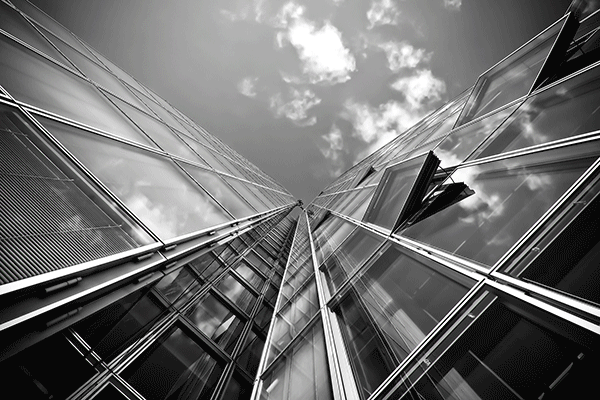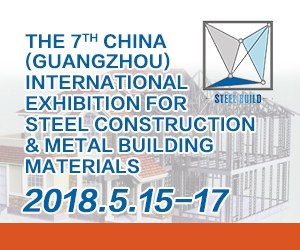The prefab construction every day has more followers and there are many companies that use this new approach to construction. The reason? We have already told you in previous articles, the prefab or the modular construction’s benefits. Today, discover, thanks to NIBUG, how it is carried out.
The prefab construction, the future
For the prefab construction you need a factory, obviously, and a warehouse that has a series of work areas for welding the wall panels with steel reinforcement, making the electrical wiring and the installations. A warehouse full of plywood and steel beams that fill large shelves next to industrial-sized plastic reels. That’s the industrial construction, the mass production of the building elements.
Currently, only 2% of new construction of single-family homes in the United States is done prefabricated. However, in Japan they are experts in prefab construction, from multi-unit apartments to simple bungalows and modest or luxury homes. The motives:
Japan after the Second World War and under the Allied occupation, the demand for steel from the US military, due to the Korean War, made Japan boom in its industry. Once that time was over, companies had to look for new markets and between the deficit and the government aid for housing construction, many companies saw an exit in construction. Some of the Japanese companies have the capacity to produce around 14,000 houses and apartments per year.
According to experts, thanks to advanced robotics, automation and digital information technologies, and the growing national concern to find affordable housing. The prefab construction seems the most successful.
It is more a large number of companies, from small construction companies to large groups bet on prefabricated construction. In NIBUG, too, we think that the prefabricated construction is the future, because the prefabricated construction does not mean that it can not be customized but quite the opposite.



